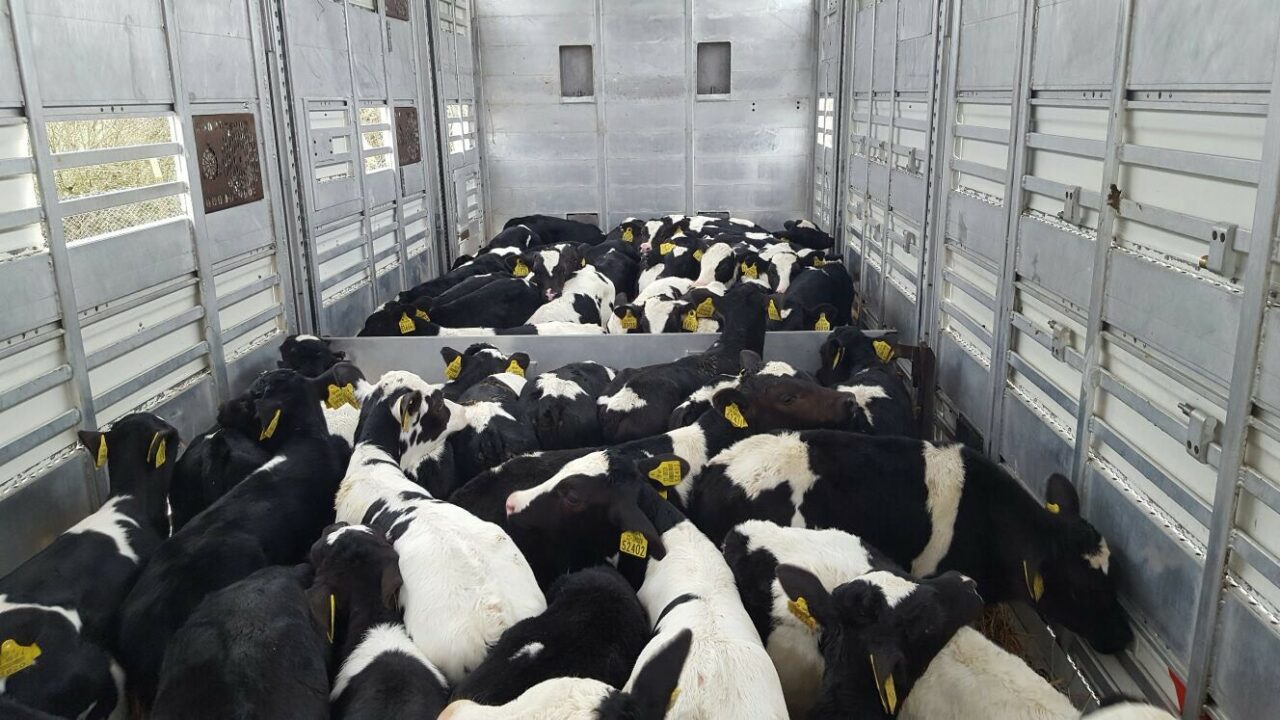With over half a million calves set to land on Irish farms in February, farmers need to be mindful of the threat of scour.
Despite farmers’ best efforts around hygiene and feeding, scour is still a huge threat on all farms. Failure to deal quickly and effectively with scour can have disastrous consequences for herds. Scour is one of the leading causes of death on Irish farms.
The Animal Health Ireland (AHI) / Teagasc / Volac CalfCare events have been running across the country over the past couple of weeks. A recent event took place on the farm of Gerard McNally in Cootehill, Co. Cavan.
Dr. Catherine McAloon from AHI and UCD told the approximately 130 farmers in attendance at the walk that having a comprehensive plan is critical for dealing with scour. Central to this is first getting the scour tested to ascertain which strand of the disease it is.
“You can’t tell what it is by looking at it,” Dr. McAloon explained.
After that, Dr. McAloon said the best way of dealing with the scour is by following the “1, 2, 3” rule.
1) Remove
Dr. McAloon said it is important to remove the calf or calves with scour into an isolation pen if possible, to help ensure it does not spread.
2) Rehydrate
Keeping calves hydrated is critical. Giving calves electrolytes as well as continuing to feed milk means the sick animals will be properly hydrated.
Dr. McAloon advised feeding between 2-4L of electrolytes in between feeding milk.
3) Continue to feed
While Dr. McAloon outlined that continuing to feed milk can be a contentious issue for some farmers; however, all scientific evidence points to continuing milk to ensure the right levels of hydration and nutrients are getting into the calf if the calf is able and willing to drink it.
Dr. McAloon also added that fluid and electrolytes, in a lot of cases, are sufficient in treating scour and antibiotics should only be considered in the more serious cases.
39% of colostrum is of inadequate quality
Dr. McAloon also stressed the importance of having clean, high-quality colostrum with research carried out in UCD suggesting that – in a recent study – just under 40% of colostrum tested was inadequate quality.
To ensure that the colostrum collected is of the required standard, Dr. McAloon said timing and collection are key.
“For the two or three weeks before calving, the cow is making great colostrum. Every hour after calving, the cow is transitioning her colostrum to transitional milk. Timing of collection is so, so important for colostrum quality,” she said.
“The cleaner the collection of colostrum, the better the absorption,” she concluded.
The CalfCare event on Gerard McNally’s farm was organised by Majella McCafferty from the LacPatrick Dairies farm advisory team.

